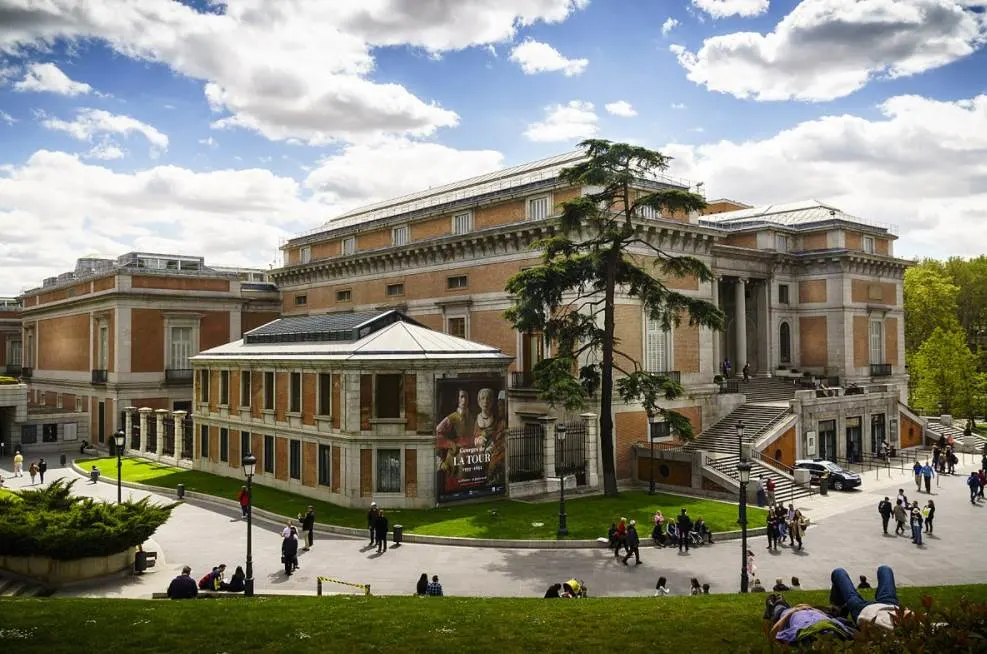When two of the most renowned Flemish artists in history collaborated in the early 17th century, they produced one of the most stunning series of paintings ever produced.
Jan Brueghel the Elder (1568-1625) and Peter Paul Rubens (1577-1640) were close friends and they worked together on several amazing paintings of the Baroque era.
Each artist took care of one specific part of the paintings. We can only imagine how amazed contemporary people were when they first laid eyes on these masterpieces.
In this article, we take a closer look at some of the most interesting facts about The Five Senses by Brueghel and Rubens, one of the most successful series by the two talented friends.
1. The paintings were completed between 1617 and 1618
Jan Brueghel the Elder was the son of another famous FLmish artist named Pieter Bruegel the Elder. He definitely inherited the artistic talent of his father.
After his art studies in Antwerp, he left for Italy in order to learn from the Renaissance artists and spent several years in the country in the early 1590s.
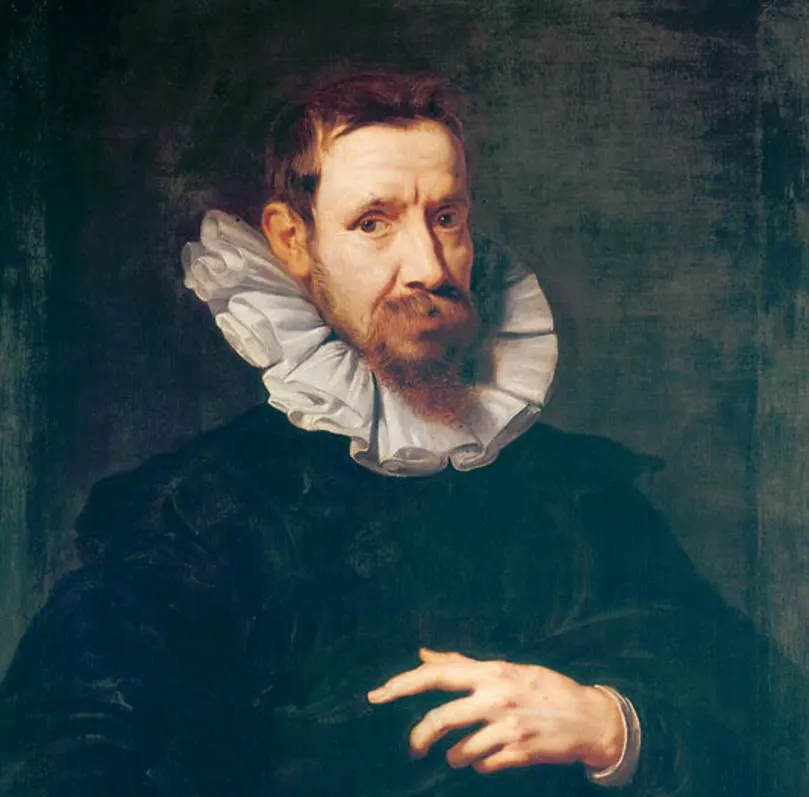
Peter Paul Rubens took a very similar trajectory in the early phase of his career. He spent nearly the entire first decade of the 17th century in Italy before permanently settling in Antwerp.
He set up his successful workshop, now referred to as the “Rubenshuis,” in this city in modern-day Belgium.
Both artists were held in extremely high regard at the time and often collaborated on paintings that were aimed at impressing viewers.

The Five Senses is a series of paintings by both artists that consists of 5 paintings titled Sight, Hearing, Smell, Touch, and Taste, and they were completed between 1617 and 1618.

2. They are allegorical representations of the five senses
The paintings use women to serve as allegorical representations of the five senses in lavish settings full of art, antiques, pictures, and even scientific instruments.
Below is an overview of the 5 paintings and the elements that refer to the five senses:
Sight – The woman is studying a painting of Christ restoring the sight of a blind man.
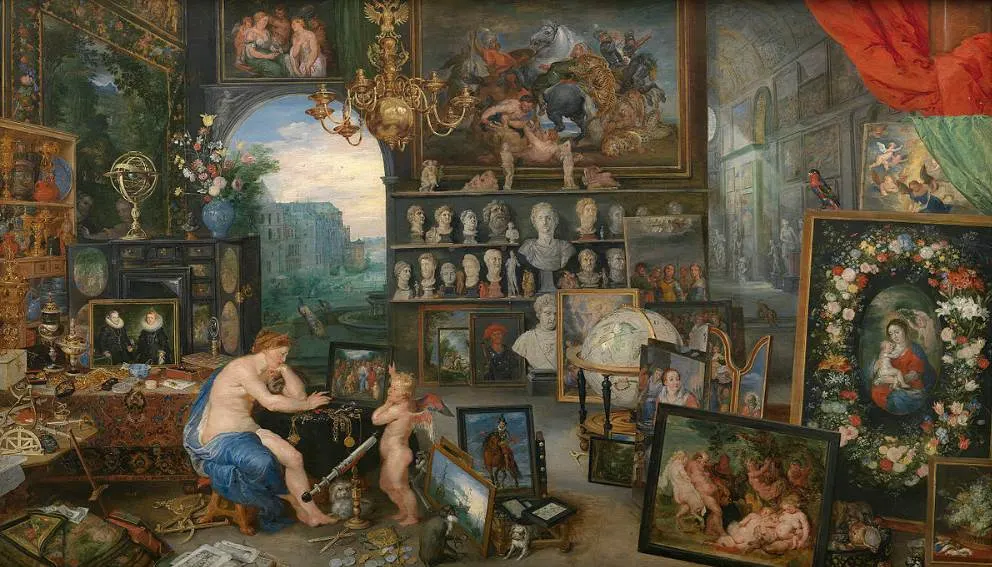
Hearing – The woman is playing the lute and is surrounded by musical instruments.
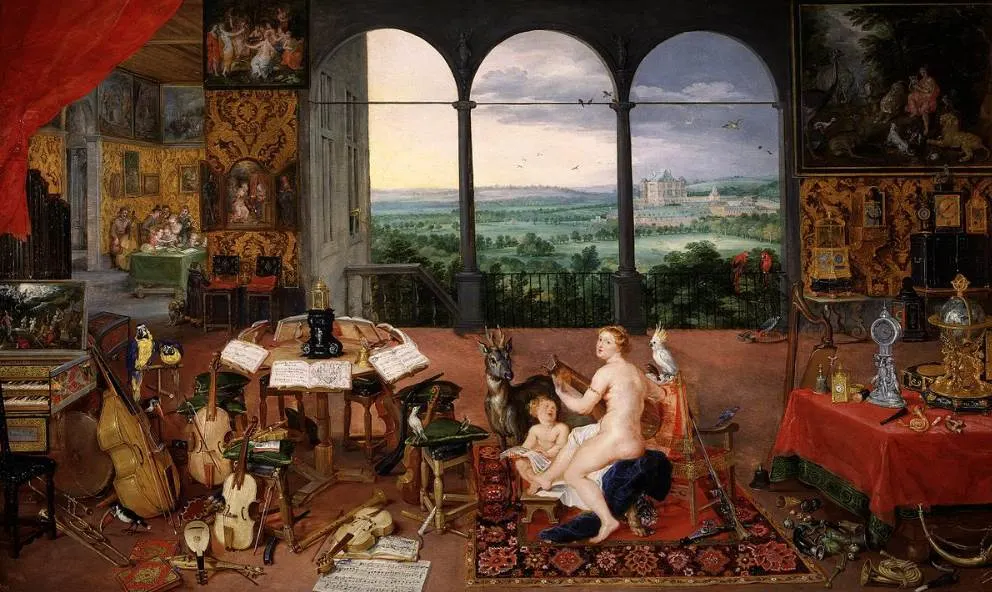
Smell – The woman sits in a garden full of flowers and a perfume distillery is visible on the left
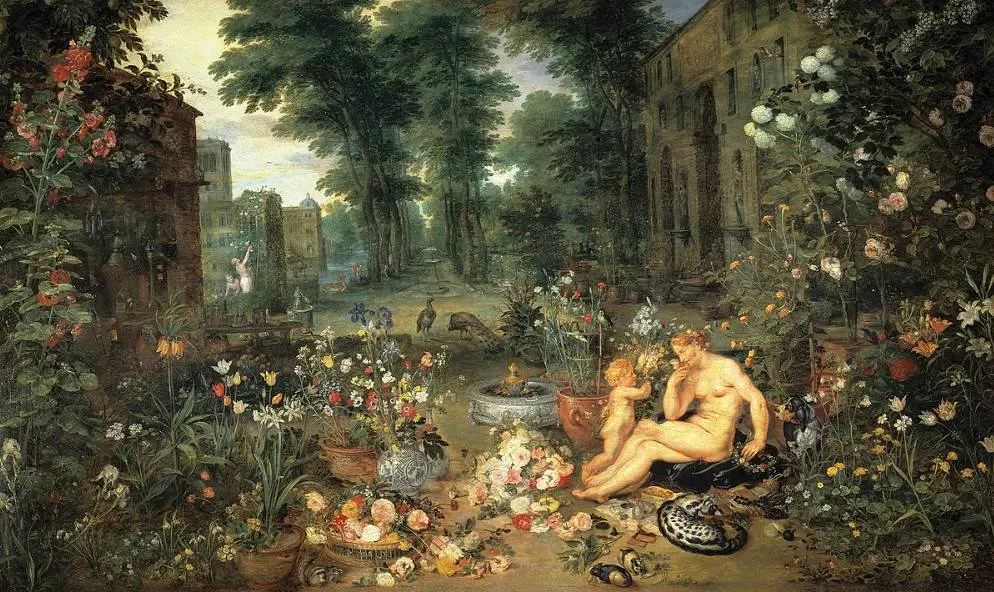
Taste – The woman is sitting on a table full of food while a satyr fills her glass

Touch – The woman delicately embraces a putto and is surrounded by weapons and scientific instruments
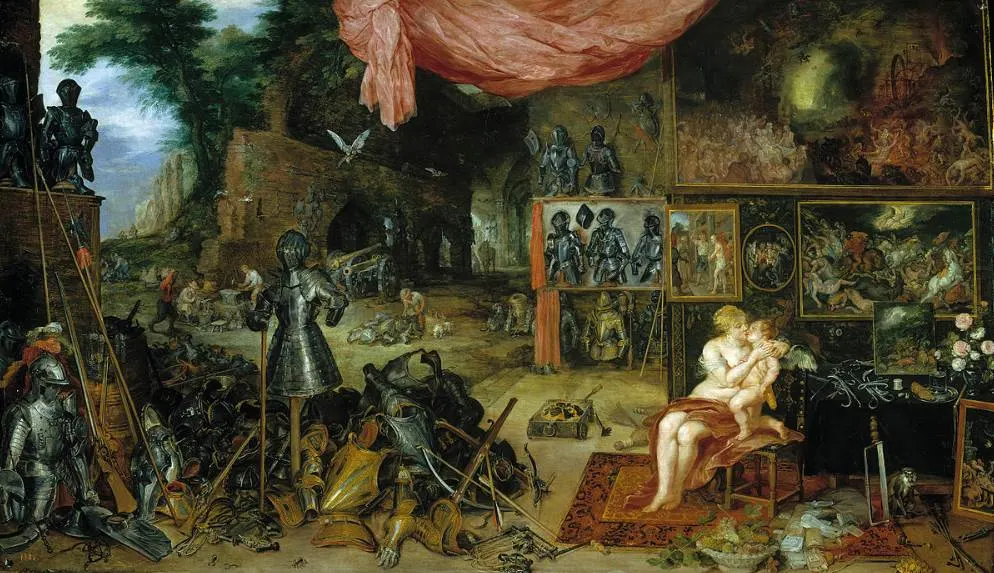
3. It wasn’t the first time that art with this subject matter was produced
Allegorical paintings emerged as early as the Renaissance and having a woman representing the five senses had already been done over a century earlier.
One of the most amazing examples is a set of 6 tapestries titled “The Lady and the Unicorn” of which 5 represent this very subject.
The designs of these tapestries were drawn around the year 1500 and they were woven in Flanders. Today, you can admire these tapestries at the Thermes de Cluny, the Musem of the Middle Ages in Paris.
Whether or not both Flemish artists actually saw these works and based their own paintings on these tapestries remains unknown.
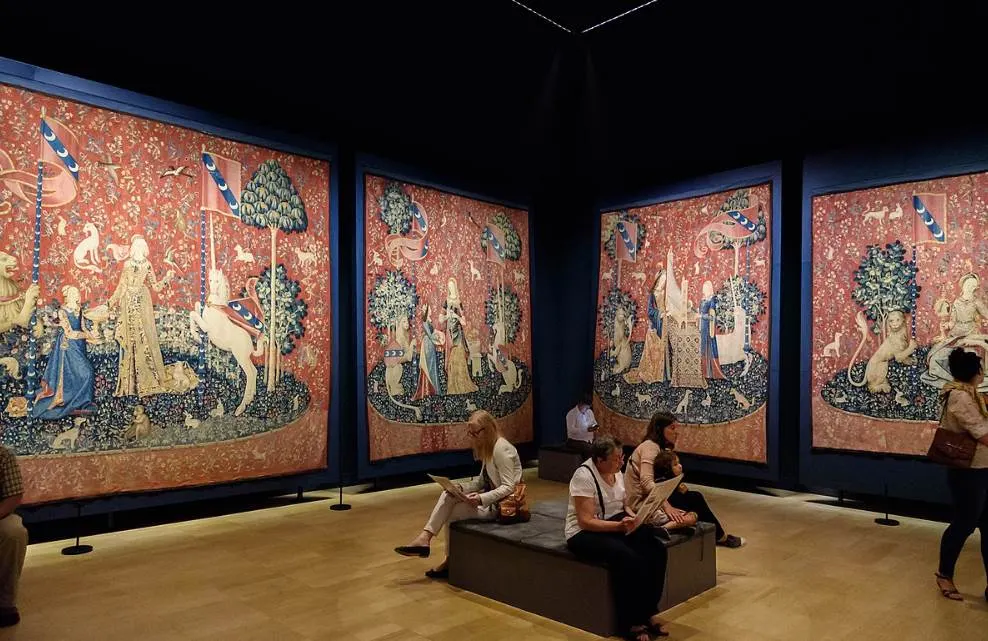
4. Rubens was responsible for painting the figures in the paintings
Many of the paintings by Peter Paul Rubens feature female nudity. He made it his trademark to depict voluptuous naked women, often in a mythological context.
Rubens was the man who painted the main figures in the paintings, including all women, the putti, and the satyr.
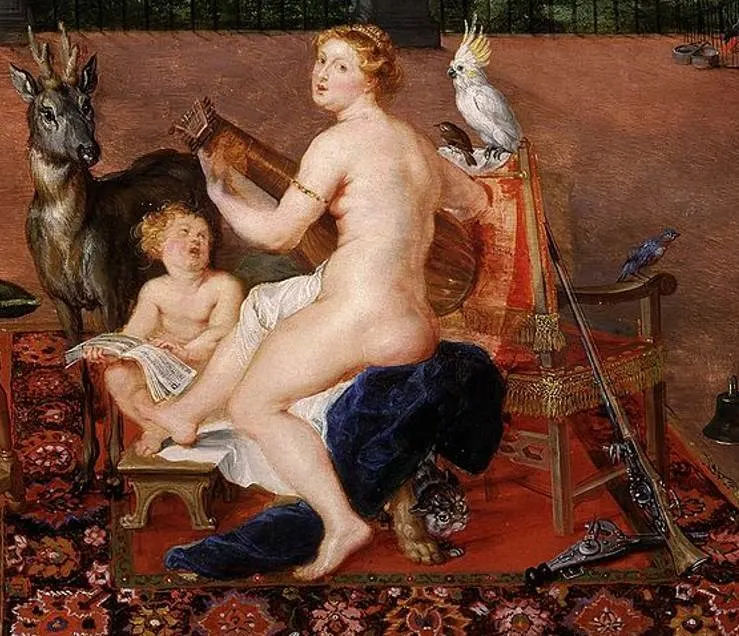
5. Brueghel replicated the setting of the court of the Spanish Netherlands
Jan Brueghel the Elder most definitely had the highest stake in this series because he painted everything else. This includes the setting, landscapes, animals, and all the objects.
Some art historians have suggested that he aimed to replicate the court of Albert VII, Archduke of Austria (1559-1621), and his wife Isabella (1566-1633).
These were the governors of the Spanish Netherlands at the time and important patrons of both artists. Whether or not they commissioned this series of paintings remains an open question.
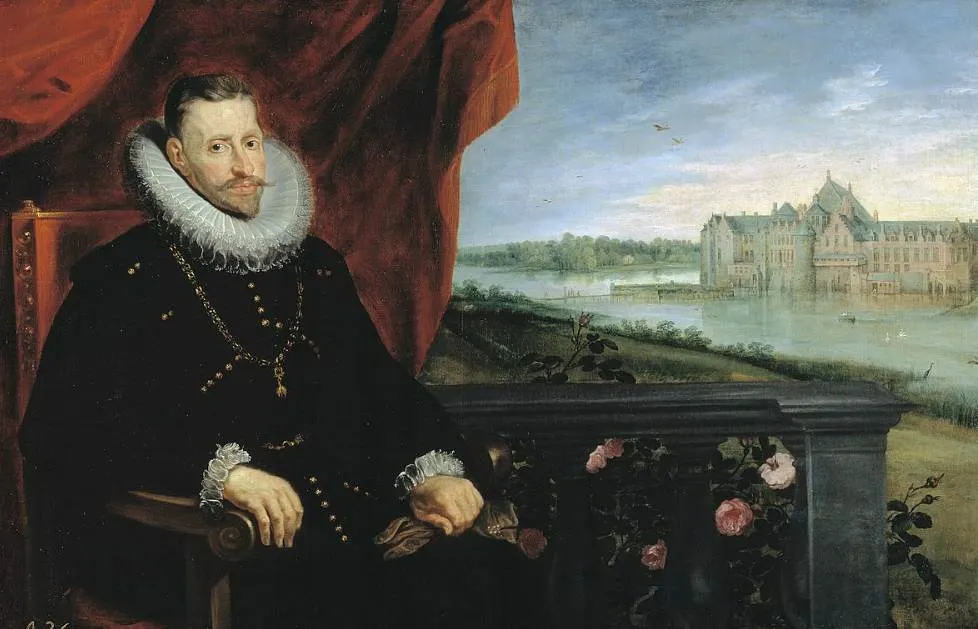
6. Brueghel worked on 2 paintings with this subject at the same time
One of the most remarkable facts about The Five Senses series is that Jan Brueghel the Elder worked on a set of two paintings with the same subject at the same time.
This is just a pair of paintings that depict several senses in each one of them. One painting is titled “The Senses of Sight and Smell.”
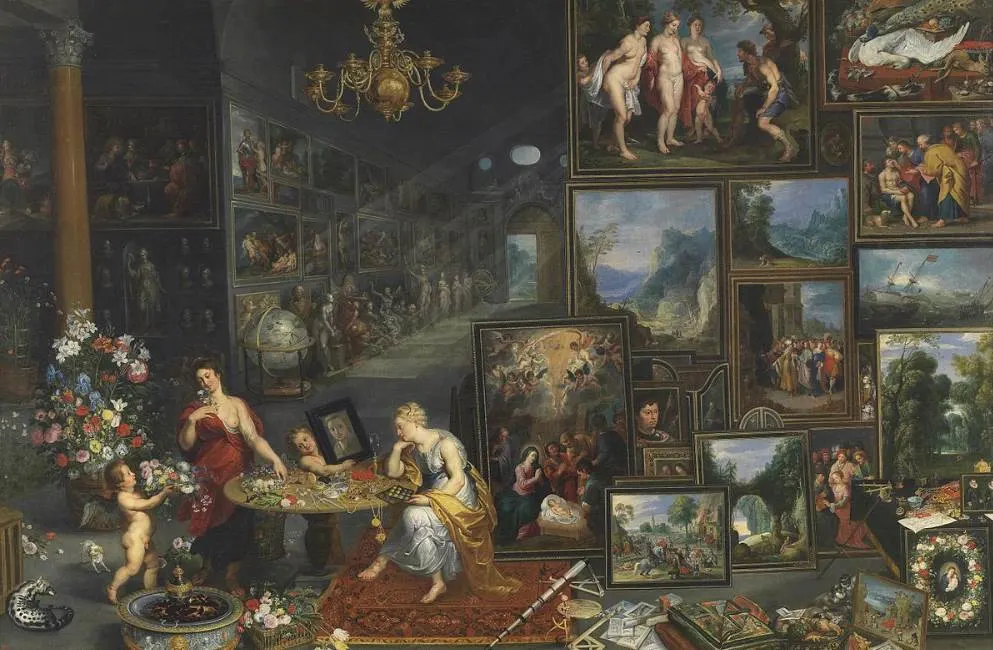
The other painting is titled “The Senses of Hearing, Touch, and Taste.” Both paintings were completed in 1618 but were destroyed by fire at Coudenberg Palace in Brussels in the year 1731.
Accurate copies of these paintings were completed in 1620, most probably by Jan Brueghel the Elder and several members of his workshop.
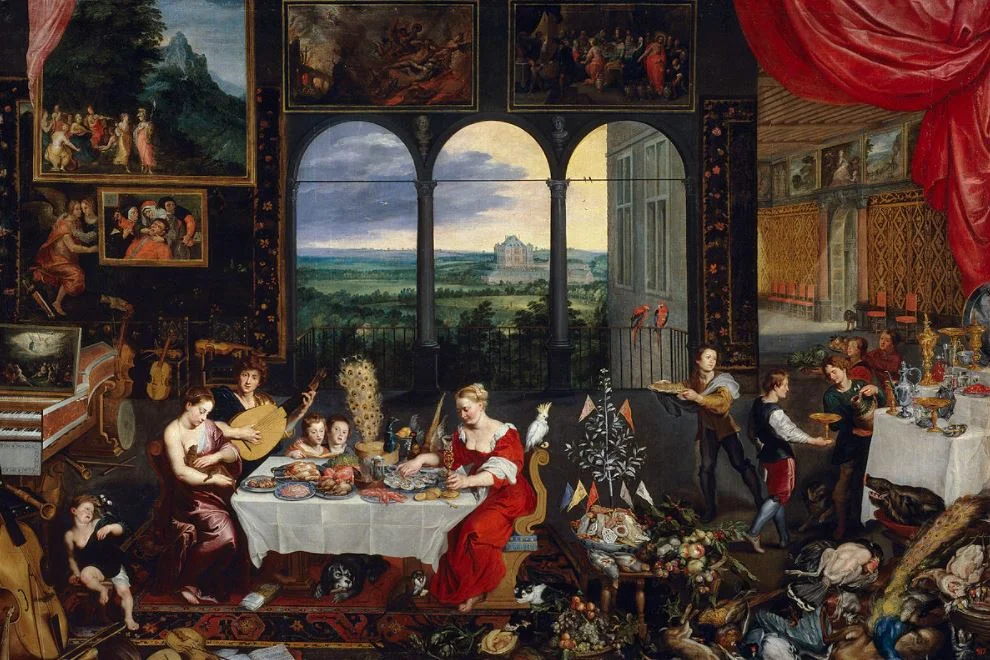
7. How big are the paintings of the Five Senses series?
All paintings of this series of 5 allegorical works are oil on wood paintings that have the same dimensions.
The Five Senses by Jan Brueghel the Elder and Peter Paul Rubens have dimensions of 65 x 110 centimeters (25.4 x 43.1 inches).
8. Where are the paintings located today?
Although we don’t know who commissioned these works, the history of the series of 5 paintings is relatively clear.
The first known owner of the paintings in 1634 was Wolfgang Wilhelm, Count Palatine of Neuburg, a German Prince.
He offered them to Cardinal-Infante Ferdinand of Austria, the successor of Albert and Isabella as the Governor of the Spanish Netherlands.
They became part of the Spanish Royal collection when Ferdinand gave them to King Philip IV of Spain, a man who was known to be a great fan of fine art.
The paintings hung in the reading room at the Royal Alcazar of Madrid and subsequently at the Royal Palace of Madrid before being moved to the Prado Museum in 1819.
Today, you can still admire these amazing paintings in Spain’s capital as they are still part of the collection of the Prado today!
